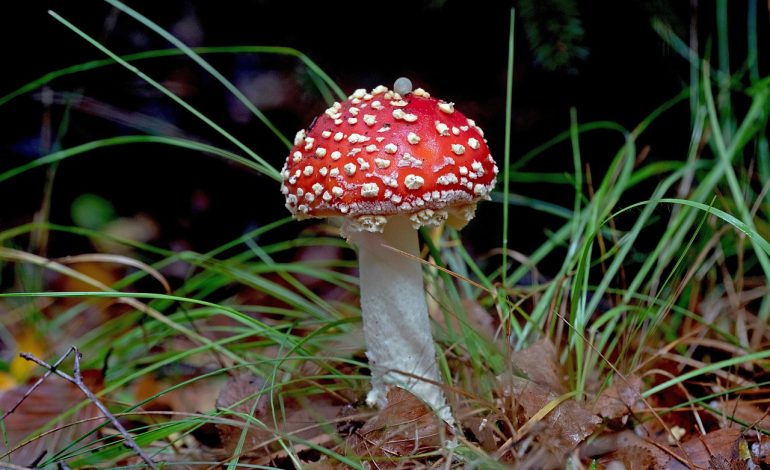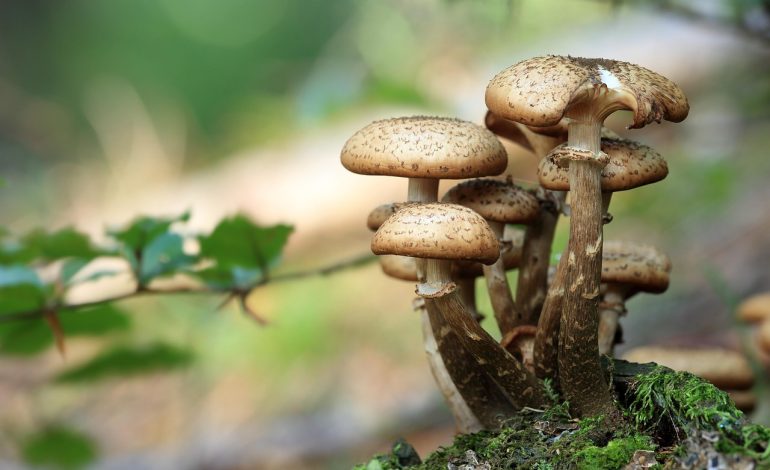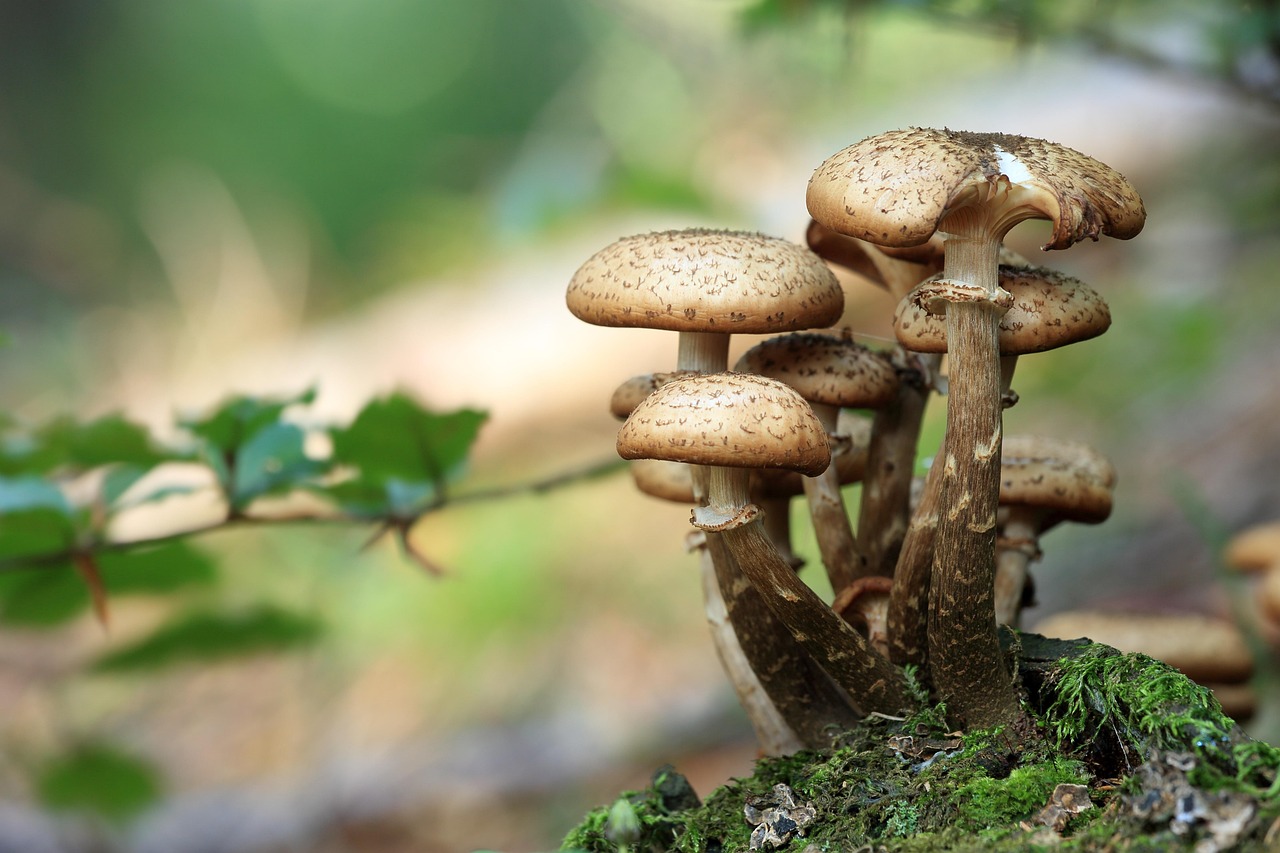
Poisonous Mushrooms Foraging Tips & Safety Rules
Finding edible mushrooms in their natural habitat and developing a connection with nature are two benefits of foraging for wild mushrooms. Whether you’re a beginner or an experienced forager, knowing how to safely gather and identify mushrooms is essential. Although many poisonous mushrooms are delicious and edible, if misidentified, some can be poisonous or even dangerous.
This wild mushrooms guide provides information on basic safety measures, initial recommendations, and an overview of the exciting field of mushroom foraging.
What is Mushroom Foraging?
A person or small group of mushroom lovers forage for mushrooms by looking for particular species of fruit bodies in nearby forests, meadows, or other natural environments. There are several ways that foraging differs from mushroom harvesting and mushroom forays.
Tips for Safe Wild Mushroom Foraging
As mushroom season approaches, a lot of mushroom hunters head out into the woods. Nonetheless, it is imperative to adhere to specific protocols to prevent misinterpretation with harmful species that might result in severe health issues.
Correct identification
Pick mushrooms that you can positively identify and that you are certain are safe. Toxic mushrooms can resemble edible ones. Therefore, consult a specific field guide or inquire with an expert if you have any questions.
Avoid any mushrooms that appear suspicious
It is preferable to avoid picking mushrooms if they exhibit any suspicious traits. Even though they have a nice appearance, the most deadly species are quite toxic.
Avoid picking mushrooms in locations that are polluted
Chemicals and heavy metals from the soil are among the materials that mushrooms absorb. Therefore, stay away from picking them close to roadways or industrial zones.
Store them properly
To prevent moisture buildup, which can promote the growth of microorganisms, store mushrooms in open containers like baskets.
Tips for Beginners
Here are some pointers to get you started mushroom foraging safely and effectively if you’ve never done it before:
- Start with Varieties That Are Easy to Identify: Pay attention to mushrooms that are easy to identify, such as chicken of the woods, oyster mushrooms, morels, and chanterelles. Because of their unique characteristics, these mushrooms are safer choices for beginners.
- Learn About Habitat: Different mushrooms do well under particular conditions. Chanterelles, for instance, often appear in coniferous forests, whereas morels prefer locations close to oak, ash, and elm trees. Gaining knowledge on where to find certain types of mushrooms can improve your chances of success.
- Know the Seasons: The seasonal mushrooms in which mushrooms grow depends on the type. Morels are typically seen in the spring, while late summer and fall are when chanterelles and porcini mushrooms thrive. Knowing where and when mushrooms grow will help you forage more effectively.
- Make Spore Prints: If you are unsure of the mushroom, you can create a spore print by putting the mushroom cap on paper and covering it with a bowl for a few hours. The spores’ color can be used to determine the species.
Edible Mushrooms You Can Forage
Knowing about which mushrooms are safe to eat is essential. So here are the most common edible types of mushrooms species that you can forage are listed below.
- Oyster Mushrooms: Oyster mushrooms usually grow on wood, such tree trunks or decaying logs. Their color spectrum includes light pink, pale brown, and white. A short, off-center stem and pure white gills are the best indicators of an oyster mushroom. On dead or dying trees, they develop in clusters, which is another characteristic of their growth pattern.
- Lobster Mushrooms: In reality, lobster mushrooms are not mushrooms. They are actually parasite fungi that take over other mushrooms by preying on them. Since they adapt the shape of the mushroom they target, these mushrooms come in a broad variety of shapes. Coloring is the simplest and most reliable method of identifying lobster mushrooms. Like lobsters, they are brilliant red on the outside and white within.
- Porcini Mushrooms: Porcini mushrooms are among the hardest mushrooms to find and cultivate, yet chefs adore them for their rich, earthy flavor and versatility. Porcini mushrooms are best identified by their plump stem and dark brown/reddish sticky cap. Usually, hardwood forests are where they grow.
- Cauliflower Mushroom: While they are difficult to find, cauliflower mushrooms are quite straightforward to recognize and do not contain any toxic substitutes. This mushroom has smooth, folded ribbons with neither teeth nor gills. Don’t break up the roots; instead, cut them off at ground level. Make a note of the place since they will return year after year. Rinsing them thoroughly is necessary to remove all the dirt from the folds.
What are the Benefits of Foraging Wild Mushrooms
Discovering new flavors, improving your wellbeing, and reestablishing a connection with nature are all benefits of foraging wild mushrooms. In pursuit of these undiscovered gems, many individuals relish the tranquil sensation of strolling through forests.
In addition to being delicious, wild mushrooms have many beneficial nutrients and therapeutic qualities. It’s an environmentally beneficial activity that promotes environmentally conscious living. It also provides mental and bodily tranquility. Let’s examine in more depth the main benefits of gathering poisonous mushrooms:
- It provides a close relationship with nature and an opportunity to find tasty, different kinds that aren’t sold in stores.
- Foraging promotes physical exercise, attention, and a greater understanding of ecosystems because it takes knowledge and careful observation to find safe, edible species.
- From earthy and nutty to delicately fruity, wild mushrooms provide meals with distinctive textures and varied flavors. Their rich umami flavor can improve the flavor of sauces, sautés, and soups.
- For individuals who are mindful of environmental preservation and safety, foraging for wild mushrooms can be a tasty and fulfilling way to get in touch with nature.
- Responsible foraging is essential, and avoiding harmful forms requires accurate identification.
Conclusion
An eco-friendly, enriching pastime that combines adventure, connecting with nature, and gastronomic exploration is foraging for poisonous mushrooms. It does, however, carry a significant duty for accurate identification and environmental preservation. You should never consume a mushroom unless you are certain of its species and edibility because some poisonous mushrooms look a lot like harmless ones.
Always forage in chemical-free areas, store your finds appropriately, and use sustainable gathering techniques. Learning new things constantly is essential, regardless of your level of experience as a forager. A great, trustworthy resource for mushroom fans of all skill levels looking for responsible and safe wild mushroom adventures, Wiki Mushroom offers a deeper dive into wild mushroom guides, identification techniques, regional variants, and safe foraging procedures.
FAQs
Q1.How do you find the safe mushroom?
While mushrooms with white gills are often harmful, edible mushrooms usually have brown or tan gills. Select mushrooms with stems and caps that are white, brown, or tan instead of red. Scales on the cap and a ring around the stem are usually absent from edible mushrooms.
Q2. What time of year is ideal for growing mushrooms?
The types of mushrooms and the climate determine the ideal time of year to grow them. While oyster mushrooms can be produced all year round with the right temperature management, button mushrooms generally thrive in colder regions throughout the winter.
Q3. What is the life cycle of a mushroom?
A spore starts a mushroom’s life cycle and develops into a network of thread-like hyphae known as mycelium. Under ideal circumstances, the mycelium develops into the well-known mushroom. The cycle is then restarted by the spores released by this fungus.
Q4. Which mushroom is the most poisonous?
Amanita Phalloides
The death cap, which is found all over Europe, is the poisonous mushroom. It resembles edible straw mushrooms and Caesar’s mushrooms. Its heat-stable amatoxins may withstand cooking temperatures and quickly damage every cell in the body.
Q5. Which type of mushroom is best?
The ideal mushroom type will vary depending on personal preference and purpose. White button mushrooms are excellent for general health and adaptability, whereas shiitake mushrooms are valued for their medicinal qualities and deep, delicious flavor. Oyster mushrooms are also a popular option because of their tasty flavor and simple production.





